Click to view our Accessibility Statement or contact us with accessibility-related questions






The Three Categories of Prebuilt Keyboard Switches

search
close
Sort by: Newest
keyboard_arrow_downStogiebear
8
Mar 30, 2023
Where's the info on buckling spring? We can't forget the power-house clackers from IBM. Damn, they defined "office environment" for years with that orchestra of keyboards under the control of experienced typists.
PRODUCTS YOU MAY LIKE
Trending Posts in Mechanical Keyboards
leoakaleo
callboy job chennai
Have you ever considered a profession that blends excitement, charm, and independence? Call boy jobs in Chennai present a unique opportunity for those ready to explore a different career path. With...
Dec 30, 2024
nienow.donny
Chill Out with Fun: Dive into Papa's Freezeria Game!
Are you ready to take a break from reality and indulge in a delicious virtual ice cream adventure? Welcome to the sweet world of Papa's Freezeria! In this delightful game, you'll transform into a master ice cream chef, serving up yummy concoctions to your quirky customers while managing your very own ice cream shop. Grab your aprons, unleash your creativity, and get ready to scoop, blend, and serve! What is Papa's Freezeria? Papa's Freezeria is a fun-filled cooking simulation game where players run an ice cream parlor by preparing and serving delicious treats. From building the perfect sundae to creating refreshing milkshakes, this game brings the art of ice cream making right to your fingertips! But hold on—having fun isn’t just about tasty flavors; it’s also about mastering the art of multitasking and keeping your customers happy. How to Play: Your Guide to Delicious Success! Step 1: Get Started Getting started is easy! You can choose between various characters, each with their...
Dec 30, 2024
MoreBlcvk
Can i someone support me in fixing my Drop Alt keyboard?
I havent used this keyboard in months. When I plug it in, it turns on and turns off. You would assume there is a short in the cord but I know there's not because I can use the cord with a different keyboard. So do you think its a firmware issue or a short inside the keyboard? Either way I want to fix it. Any suggestions or tips & tricks?
Dec 29, 2024
CapnKitten
Solid ABS Keycaps
DCX quality is pretty good. Similar sound signature and a smoother texture to GMK. Not a dig at either, just a difference. Ignore the missing keycap, it's a switch issue.
Dec 29, 2024

excelsiorcarslondon
Why Cab Service Near Me is Essential in Today’s Fast-Paced World
In today’s world, convenience is key. Whether you're commuting to work, heading to an important meeting, or enjoying a night out, having access to a reliable london city airport transfers is indispensable. Companies like Excelsior Cars London are redefining what it means to travel conveniently and efficiently. The Importance of Local Cab Services When you're in a hurry or unfamiliar with your surroundings, searching for a “cab service near me” can be a lifesaver. Local cab services bridge the gap between affordability and reliability, providing quick solutions for transportation needs. Unlike app-based ride-sharing platforms, traditional cab services often offer: Instant Availability: No long wait times during peak hours. Knowledgeable Drivers: Drivers familiar with local routes and shortcuts. Personalized Service: A customer-focused experience that prioritizes your comfort. Excelsior Cars London, for example, ensures passengers experience stress-free travel with their fleet of...
Dec 27, 2024

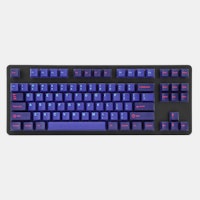
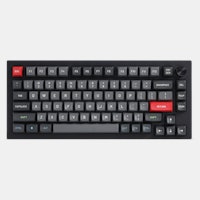
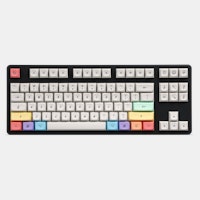
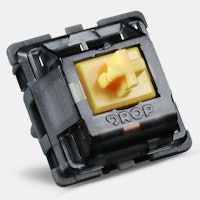
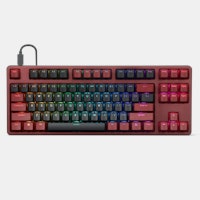
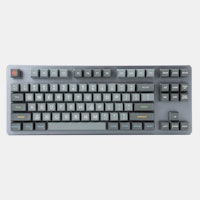

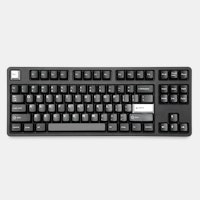
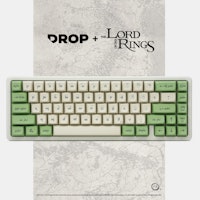
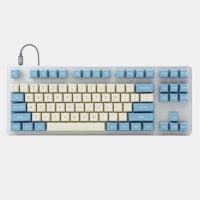





True 'MX Style' Keyboards/Switches Starting off with by far the most common and ubiquitous of keyboard designs, standard “MX style” prebuilt keyboards rely on the same style of switches and circuit boards that the vast majority of the custom scene does as well. Coming with switches that most often have a cross-shaped stem and metal pins sticking out of the underside, true ‘MX Style’ switches work by connecting to pieces of metal within the switch when a key is pressed down, which completes a circuit that registers a keystroke with your keyboard. These are also almost always the types of switches which are used in keyboard kits which offer either ‘hotswap’ or ‘soldered’ options, allowing you to either plug and play different types of switches directly or more permanently affix your endgame choices. Given that these are the most common type of prebuilt keyboard options out there, there’s almost too many brands that fit this category, though some include: Razer, Keychron, Glorious, as well as Drop’s CTRL, ALT, and SHIFT keyboards!
Semi-Mechanical Keyboards/Switches While true ‘MX Style’ keyboards above and Topre keyboards below are fairly well-established categories, “semi-mechanical” boards are still a bit of a wild west space for keyboard design. The two most common types of keyboards which you will see in this space have what look to be normal ‘MX style’ switches, though instead of operating solely on two pieces of metal contacting internally, they operate via electrostatic capacitive circuits or optical paths and lasers. Known as ‘EC’ and ‘Optical’ switches, respectively, these two types of prebuilt keyboards have very little aftermarket support and can only use switches from the true ‘MX style’ or Topre categories in very rare circumstances. The most popular brand to use the ‘EC’ style design in their prebuilts is that of Varmilo, who currently has a good handful of different weights and designs that they offer for their EC-style switches. Optical switches, on the other hand, are most notably found in boards from Flaretech or Wooting, the latter of which has their own custom Gateron-made optical switch known as the ‘Lekker’.
Topre Keyboards/"Switches" Topre, specifically, refers to the Japanese company which designed and popularized the electrostatic capacitive “switch” that relied on a thick rubber dome and slider to actuate a keypress rather than the traditional concept of a switch. Nowadays, however, Topre is used to refer to all manner of keyboard mechanisms which have this thick rubber dome and EC style design to them. While there is some manner of aftermarket modifications and variability available for Topre-style keyboards, the availability and accessibility of these modifications pales in comparison to true ‘MX style’ keyboards. (As well, it’s worth noting that there is no cross compatibility between Topre-style keyboard mechanisms and true ‘MX style’ mechanisms.) However, many users who enjoy Topre-style keyboards as a result of their significantly different feeling and sound characteristics often stick with what is available in prebuilt options, opting to tune them by breaking them in with usage over time. Popular prebuilt keyboard brands which use either genuine Topre or Topre-style mechanisms include HHKB, Realforce, Niz, and even some Leopold boards as well.